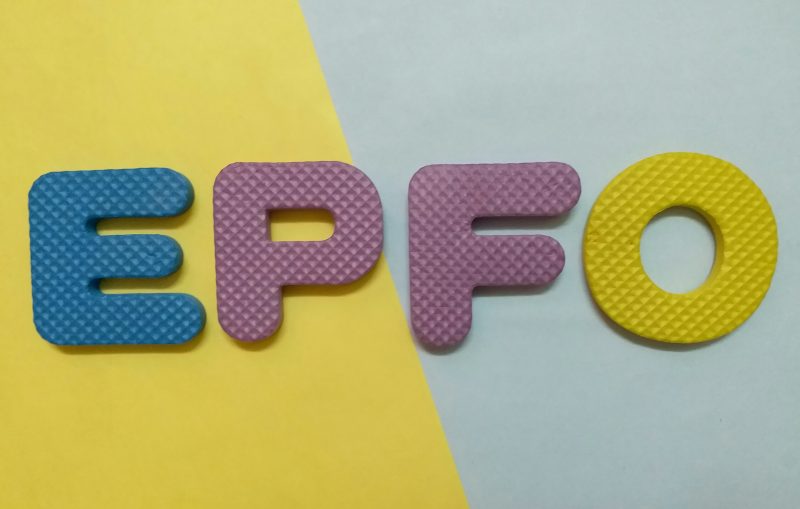The Goods and Service Tax (GST) system has seen many changes since its introduction in 2017. The year 2020 is going to witness the most significant changes in GST as the new GST return filing system is going launch in April 2020. The e-invoicing system is another change that has been implemented already for large enterprises. Experts believe that the taxpayers will not face any problems in adapting these changes. Therefore, the next few months are seen as very important to the taxpayers.
The new e-invoicing system provides more transparency, easy integration and accuracy in returns preparation when compared to the present invoicing system.
Taxpayers believe that they have to generate e-invoice on the government portal, but it is not true. The e-invoice will not replace the physical invoice, and the physical invoice will continue to be generated. There is no change in how a taxpayer issues physical invoices.
Till now, you might be entering data manually while submitting returns. The e-invoicing system is going to remove this manual entry work and change the way of returns preparation. This system will use the backward integration and automation process to auto-populate details of every e-invoice in the ANX-1 of the buyer and ANX-2 of the seller.
Also Read: Issuing e-Invoices Under GST – May Not Be Mandatory for Banks and Telcos
There are two parts in the e-way bill – Part A requires all the details about the transaction, and Part B requires vehicle details in which the goods are to be transported. You have to fill up the data manually in both parts. But now with the introduction of e-invoice, Part A of the e-way bill will be auto-populated. You are required to fill up only Part B of the e-way bill.
Once the e-invoices are validated, they are emailed to the respective supplier and buyer so that they can save a copy under the e-invoicing system.
The validated invoices will also contain a QR code generated by the IRP. This QR code enables verification of invoices even if you do not have access to the internet. Companies with more than Rs 500 crore turnover and B2C transactions must have a QR code. The users can get the necessary invoice details through an app when they scan the QR code.
Do not worry if you’ve made a mistake while raising an e-invoice. You can cancel the e-invoice within 24 hours from the time of raising. If you could not cancel the e-invoice within 24 hours, it can be amended in the GST portal.
It is easy to verify the genuineness of the invoice by scanning the QR code and the IRN. This process of verification can also validate the input tax credit (ITC). Also, the e-invoice allows easy comparison of e-invoices through a unique IRN, approved by the Central Registry and stored for future reference.
The e-invoicing system will also reduce a lot of workload for the GST department as the data of all invoices from the transaction level is made available to them.
The businesses will receive benefits when they adapt to the e-invoice system. The e-invoice resolves and plugs a significant gap in data reconciliation under GST, thereby decreasing the number of mismatch errors. The e-invoices created on one software can be read by another, allowing interoperability and reducing data entry errors.
For any clarifications/feedback on the topic, please contact the writer at dvsr.anjaneyulu@cleartax.in
DVSR Anjaneyulu known as AJ, is a Chartered Accountant by profession. Loves to listening to music & spending time with family and friends.





